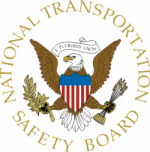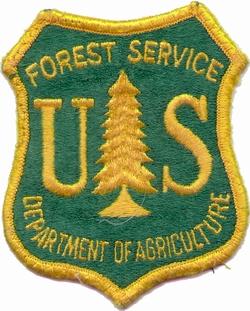Improper Contractor Actions And Insufficient Federal Oversight
Led To Fatal Firefighting Helicopter Crash
The NTSB on Tuesday determined that a series of improper actions
by the contractor and insufficient oversight by the U.S. Forest
Service (USFS) and the FAA led to the August 5, 2008, fatal crash
of a Sikorsky S-61N helicopter near Weaverville, California. The
contractor's actions included the intentional alteration of weight
documents and performance charts and the use of unapproved
performance
calculations.

Contributing to the accident was the failure of flight
crewmembers to address issues related to operating the helicopter
at its maximum performance capability. Contributing to the
fatalities and survivors' injuries were the immediate and intense
fire that resulted from fuel spillage from the fuel tanks that were
not crash resistant, the separation from the floor of the cabin
seats that were not crash resistant, and the use of an
inappropriate mechanism on the cabin seat restraints. The
pilot-in-command, the safety crewmember, and seven firefighters
were fatally injured; the copilot and three firefighters were
seriously injured.
On August 5, 2008, a Sikorsky S-61N helicopter (N612AZ), which
was being operated by the USFS as a public flight to transport
firefighters battling forest fires, impacted trees and terrain
during the initial climb after takeoff at a location about 6,000
feet above sea level in mountainous terrain near Weaverville.
The USFS had contracted with Carson Helicopters, Inc. (CHI) of
Grants Pass, Oregon, for the services of the helicopter, which was
registered to CHI and leased to Carson Helicopter Services, Inc.
(CHSI), also of Grants Pass.

"The probable cause of this accident had to do with Carson's
actions and the oversight entities' inactions," said NTSB Chairman
Deborah A.P. Hersman. "Carson engaged in a bargain that violated
the trust of their crewmembers, the firefighters that they carried
onboard, and the aviation industry. But the FAA and the Forest
Service did not hold up their end of the deal to oversee Carson's
actions. Public aircraft have been made the orphans of the aviation
industry. It's now time for the FAA and other government agencies
to step up and take responsibility."
In order to prevent similar accidents and to improve the
survivability of such accidents when they do occur, the NTSB issued
11 new recommendations to the FAA and reiterated one from 2006. Ten
recommendations were issued to the USFS.
Recommendations to the FAA include oversight of 14 Code of
Federal Regulations Part 135 operators with aircraft that can
operate part of the time as public aircraft and part of the time as
civil, clarification of oversight responsibilities for public
aircraft, accuracy of hover performance charts, pilot performance,
fuel tank crashworthiness, and occupant protection.

To the USFS, the NTSB recommended the development of
mission-specific operating standards for firefighter transport
operations, a requirement that its contractors adhere to these
standards, and the creation of an oversight program that can
monitor and ensure contractor compliance with all standards and
requirements. Other issue areas for the USFS recommendations
included pilot training, occupant protection, weather
instrumentation, and onboard recorders.
A synopsis of the NTSB report, including the probable cause,
conclusions and safety recommendations, will be available on the
NTSB website. The NTSB's full report will be available on the
website in several weeks.
 ANN's Daily Aero-Linx (11.25.25)
ANN's Daily Aero-Linx (11.25.25) NTSB Final Report: Glasair GlaStar
NTSB Final Report: Glasair GlaStar ANN FAQ: Turn On Post Notifications
ANN FAQ: Turn On Post Notifications Classic Aero-TV: Red Tail Project Update Taking the Mission to the People
Classic Aero-TV: Red Tail Project Update Taking the Mission to the People Airborne 11.24.25: ANN's 30th!, Starships V3 Booster Boom, Earhart Records
Airborne 11.24.25: ANN's 30th!, Starships V3 Booster Boom, Earhart Records





